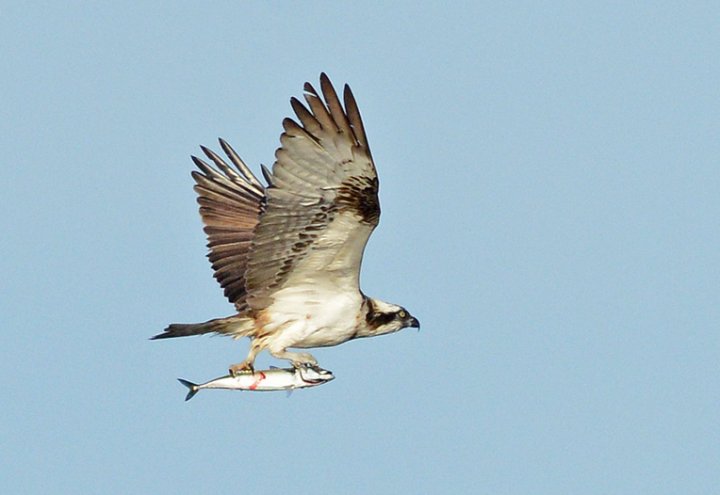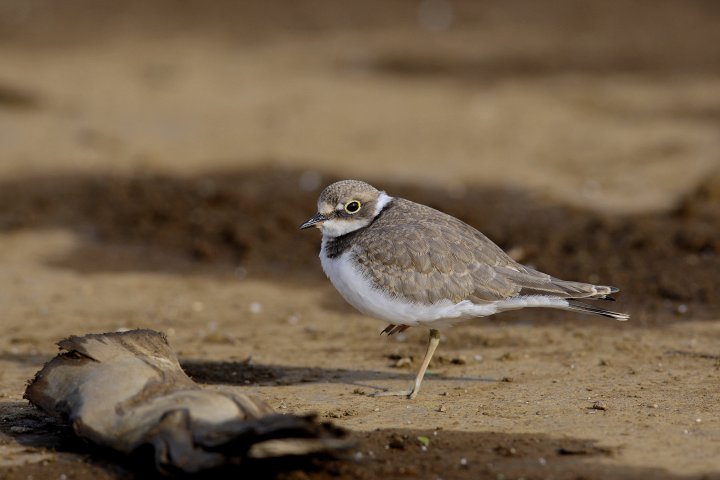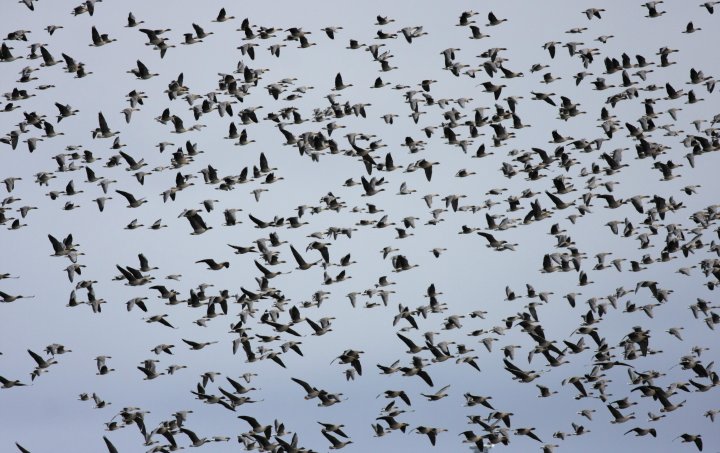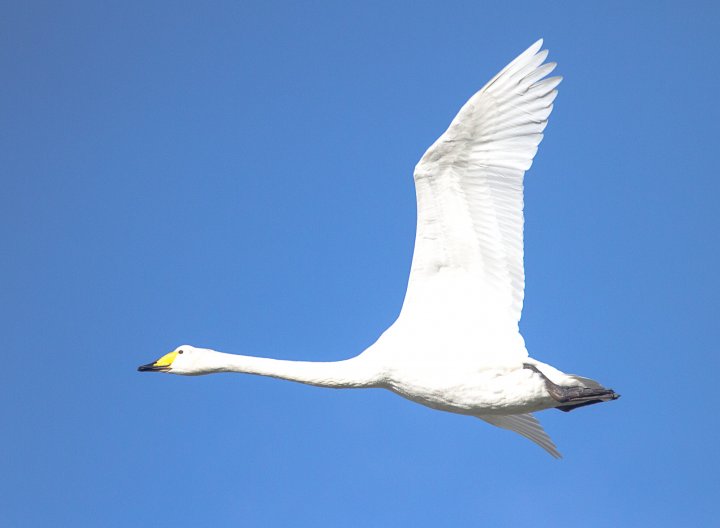Naturforvaltning:
Stop the violations at Tyrifjorden wetland system IBA and Ramsar-site
For decades, BirdLife Norway (Norsk Ornitologisk Forening - NOF) has fought against plans that would have a negative impact upon the Tyrifjorden wetland system, and we ask you now to make a last-minute direct appeal to the Norwegian government. National and international conventions for nature conservation are not compatible with a dual-track railway line and a dual carriageway!
Av Marius von Glahn og Martin Eggen
Publisert 24.01.2019
Tyrifjorden wetland system is located in the county of Buskerud in southern Norway. Northern Tyrifjorden belongs to Norway's two largest freshwater wetland systems, and consists of several ornithologically important sub-areas. The different parts of Tyrifjorden must be considered as a network of breeding, feeding, staging and overwintering grounds for a high number of wetland related bird species. Tyrifjorden wetland system was added to the list of Ramsar sites in 1996.
Take action!
You may want to use the following text:
«I criticize the Norwegian government's plans that will harm one of northern Europe's most important wetlands. I request that the Norwegian government investigates alternative solutions for their railway/dual carriageway project, solutions which will save the biodiversity of this area of considerable international importance. I mean that the Norwegian government is obliged to avoid the chosen route for Ringeriksbane and the new route for the E16 road, as Norway is a party to various numbers of national and international conventions for nature conservation.»
One of the most important areas in Norway for birds
Tyrifjorden wetland system is of great importance to the Pink-footed Goose (Anser brachyrhynchus) during migration, and perhaps the most important staging area for the species in southern Norway. The number of Pink-footed Geese that migrate via Tyrifjorden (mostly in April) may number tens of thousands of birds. Also large numbers of Great Cormorants (Phalacrocorax carbo) migrate during spring over lake Tyrifjorden on their way north. Lake Tyrifjorden is also a significant staging area for Cranes (Grus grus), with groups of over one hundred individuals during the migration periods. In 2014, the area gained status as an International Bird and Biodiversity Area (IBA) due to the important concentrations of birds in the area.
New developments along the Ringeriksbanen rail route, between Oslo and Hønefoss, are threatening internationally and nationally important natural values. NOF has fought for an active implementation of the Ramsar Framework Convention for several decades. In March 2015, Norwegian authorities asked for expert advice from the Ramsar Convention on the planned transport development (Ringeriksbanen and dual carriageway) through the Tyrifjord wetland system. A Ramsar Advisory Mission (RAM) was completed between 2nd and 3rd July 2015. The Ramsar Secretariat pointed out that under the Framework Convention, Norway is obliged to choose alternatives that have the least direct and indirect negative impact on this wetland system.
Other solutions are possible!
Several alternative routes for both the railway and the dual carriageway have been proposed. The Norwegian government have nevertheless chosen not to investigate good alternative solutions. The Norwegian government is now planning a dual carriageway and a dual-track railroad through Hole and Ringerike municipalities. These proposals involve several direct conflicts within the Tyrifjord wetland system. Despite massive protests from various Non-Govermental Organizations (NGOs), a global environmental movement, and rail and transport logistics advisers, the government has opted to go ahead with the current transportation plan. The Norwegian Ornithological Society (NOF) has previously provided input to the plan.
In a hearing response, submitted in June 2018, NOF pointed out, among other things, the following aspects:
• The project facilitates the irreversible destruction of a vulnerable wetland. The plan is an irresponsible project towards our next generations, and the plan lacks sustainability.
• Overhead cables from the railway and the prospected bridge solutions represent a significant collision risk for waterbirds. In particular, large birds such as swans, geese and cranes will be affected.
• The project is incompatible with several of the principles of the national planning legislation, the Nature Diversity Act, and the international Ramsar Convention.
• Wetland areas may be the world's most important natural habitat, and they are globally threatened, including in Norway. The Norwegian government plans to deliberately destroy wetlands, despite considerable knowledge of alternative solutions, the importance of wetlands in the management of water resources, and the rich biological diversity of wetlands.
• Negative consequences through fragmentation of wetlands will be irreversible.
Many believe that this railway and dual carriageway project is a national scandal that must receive international attention. Most people are surprised or even shocked by the project. Norway has not acted in consideration to international agreements for nature conversation, of which the country is a signatory. With a worldwide reputation as an environmental nation, Norway should not be associated with an irreversibly damaging project like this.
Contact
Marius von Glahn
NOF/Birdlife Norway Buskerud branch
e-mail: buskerud@birdlife.no
Martin Eggen
NOF/Birdlife Norway
e-mail: martin@birdlife.no



